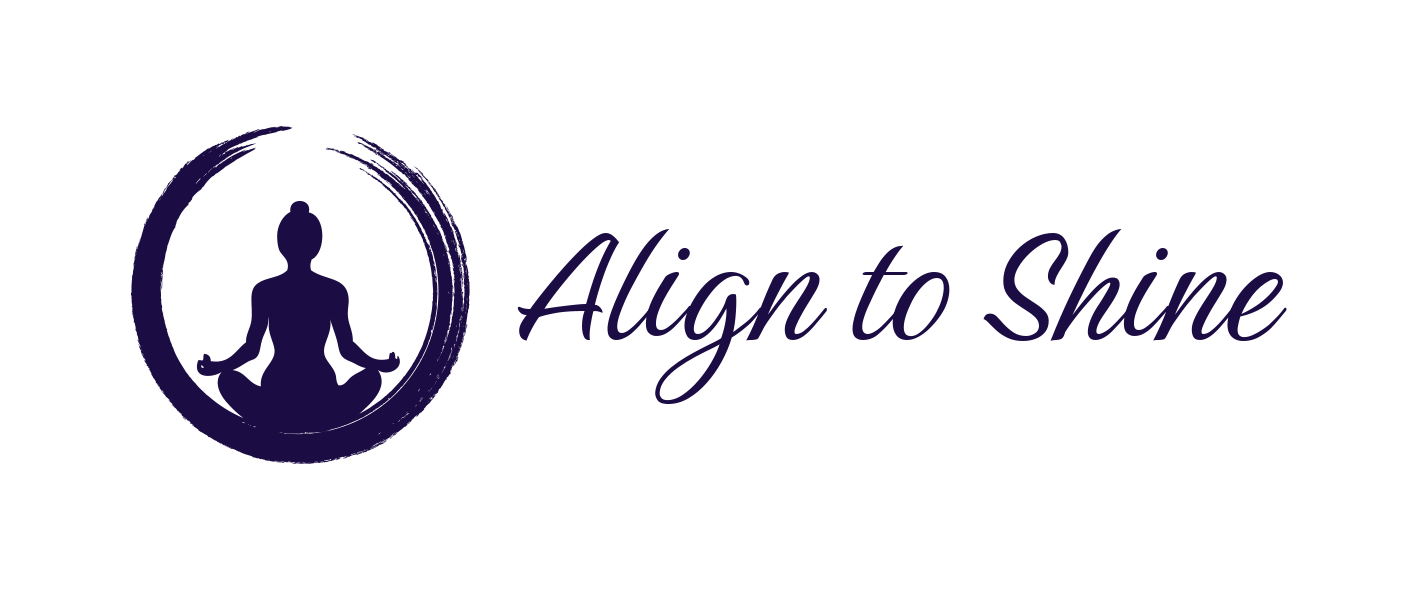By Julie Peters
It’s 4am. I’m spiraling deep into what I call the “nightmare fantasy”: imagining the absolute worst possible scenario, how I would react, what would happen next, and spiraling on and on into the hell of my imagination.
I have an anxiety disorder that is mostly managed in large part thanks to yoga and meditation. Every now and then, however, something tips a few pebbles off my anxiety cliff and suddenly I’m in a 4am avalanche.
On this particular sleepless night, I could see myself overreacting. I thought, “You’re overreacting. Calm down.” I also know, though, that fighting like this can make the situation worse. So I stopped fighting. Then I went so deep down the catastrophizing rabbit hole that I bolted up and actually screamed out loud.
Has anyone ever told you to “just stop worrying?” In the yoga world, we can get the message that all we need to do for a happier life is to think positively, and if you ever have negative thoughts, you’re doing it wrong. From the Tantric yoga perspective, however, all experiences, including uncomfortable ones, have value, and there’s danger in only focusing on what’s pretty and sweet. Trying to convince yourself that everything is finewhen it’s not exacerbates, rather than abates, anxiety. You can’t “just” stop worrying.
Stress reactions come from your amygdala, the primal part of your brain that governs your nervous system. Your prefrontal cortex is the rational, conscious part of your brain. When you try to force yourself to calm down, your prefrontal cortex is trying to overpower your amygdala, which only ramps up the primal fear response. You can’t tell your amygdala what to do.
You can, however, acknowledge the disconnect. Yoga and meditation are useful in that they can teach us to wake up what’s called the buddhi mind, the mind that observes the mind. I had this part down: I could see the problem, but couldn’t stop it from happening. I needed some new tools, and I wasn’t getting them from yoga.
Cognitive Behavioural Therapy is a technique that works from the premise that thoughts affect feelings which affect behaviours which affect thoughts and so on. It’s very challenging to change your feelings, but you can work with your thoughts and behaviours. When I see myself beginning to spiral, I can ask myself:
What thought is contributing to this feeling?
What evidence do I have that this thought is true?
What else could be going on?
What evidence do I have for those alternatives?
When I see myself internally reacting as if my worst fear is already happening, these questions can help me pause my nightmare fantasy and remember that other interpretations are also valid. I can hold the different possibilities and wait to react until I have more information. I can know that it’s okay to not know.
It’s not uncommon for yogis like me to get disillusioned when the initial euphoria of the practice wears off. The world doesn’t stop being confusing and cruel just because we decide to think positively. Stepping outside of my practice to learn these new techniques has actually returned me to my yoga: fundamentally, yoga teaches us to stay present with a rich and varied world and to honor the beauty and ugliness both inside and outside of ourselves. For me, this is much more interesting than insisting on living in a place that’s crowded with rainbows and flowers. This way, I can get back to sleep. Then I can do my yoga in the morning.




